
|
|
|
|
|
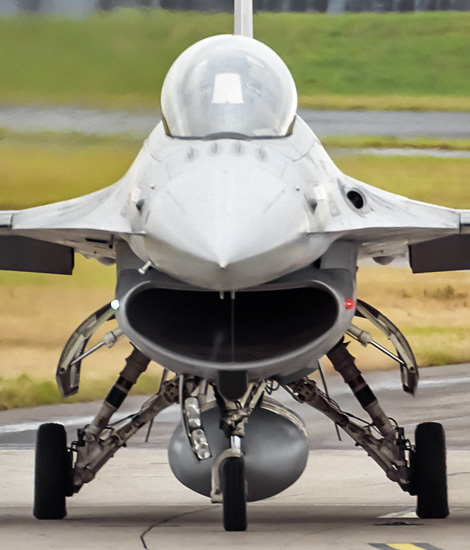
|
The Panavia Tornado ADV; RAF Waddington, July 23, 2002
De Panavia Tornado, part 4; Text and Photograph's by Alex van Noye
The Panavia Tornado ADV is the air defense variant of the Tornado IDS. The aircraft was designed at the end of the 70s and entered operational service within the RAF in the 80s. At the end of the 80s and early 90s, the air forces of Italy and Saudi Arabia purchased the Panavia Tornado ADV also for their air defense system.
The Panavia Tornado ADV (Air Defense Variant) is a medium-range interceptor. The variant of the Tornado is an advanced variant of the Tornado IDS. The first test flight of the Tornado ADV took place on October 27, 1979 and the aircraft entered operational service in 1986. The Tornado ADV is in service with the air forces of Italy, Saudi Arabia and the United Kingdom. The Tornado ADV was designed to intercept Soviet bombers during the Cold War during their flights over the North Sea and the Atlantic Ocean. The development of the Tornado ADV was started by the RAF with Air Staff Requirement 395. The Tornado ADV had to replace the RAF's Lightning F6 and the Phantom FGR2. The development of an air defense variant of the Tornado was already raised when the development of the Tornado IDS was started in 1968. The built phase finally received green light in March 1976 for the construction of three prototypes. The first prototype of the Tornado ADV first flew from RAF Warton on August 9, 1979. The aircraft soon proved to have a fantastic acceleration. The Tornado ADV had some major differences compared to the Tornado IDS. The Tornado ADV has a larger turn angle on the wings and the aircraft received radar of the type Foxhunter which made the nose of the Tornado ADV 1.36 meters longer. This radar is able to guide the Skyflash air-to-air missile to its targets. The fuselage of the Tornado was made longer to carry four missiles under the fuselage.
The Tornado ADV was developed as an interceptor and not specifically as an air superiority fighter. The aircraft is not particularly maneuverable due to the size and weight of the aircraft. To intercept and disable enemy bombers was the main task of the Tornado ADV. The Skyflash missile was developed by the British government as the primary weapon to perform this task. The Skyflash is the British version of the American AIM-120 AMRAAM. The Tornado ADV was able to operate and patrol for extended periods of time over sea. The British Ministry of Defense admitted that the
|
|
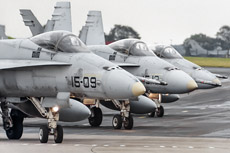
|
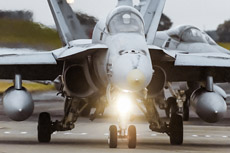
|
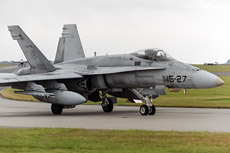
|
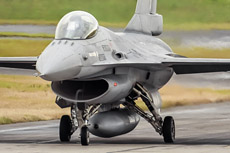
|
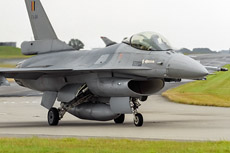
|
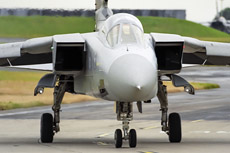
|
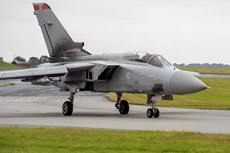
|
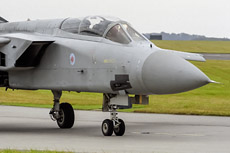
|
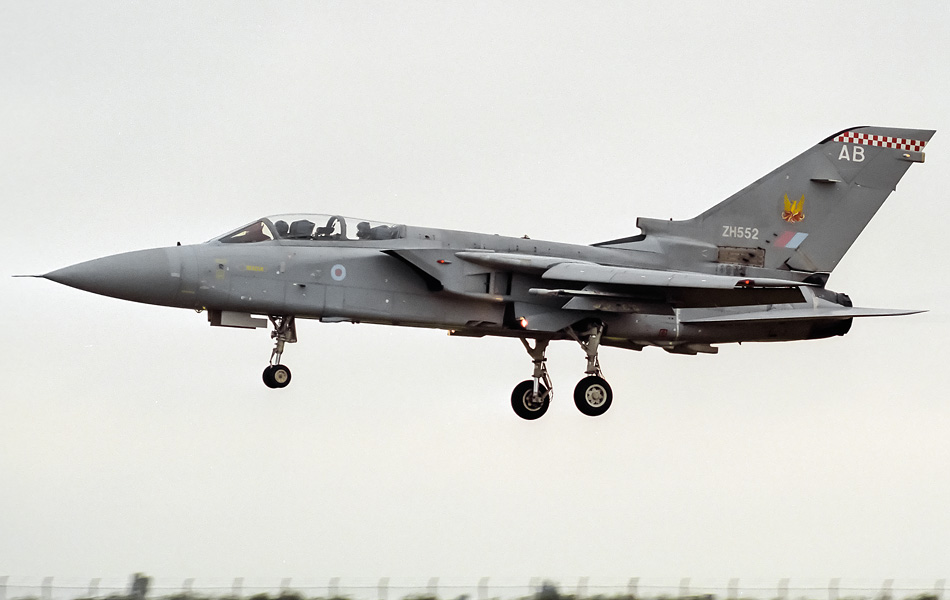
|
Tornado ADV was not excellent in dogfights in comparison with aircraft like the F-4 Phantom. The characteristics of the weapons were, however, a significant improvement compared to the predecessor of the Tornado. The Tornado had electronics which worked much more efficiently than the electronics of the Lightning and the Phantom. These aircraft were often dependent on radar stations on the ground while the Tornado can operate on its own. The Foxhunter radar is able to scan a large area around the aircraft and was therefore its time way ahead. The Tornado’s also had the opportunity to share radar targeting information with each other via the JTIDS 16 data link system. The Tornado ADV was one of the first planes which had this digital data bus for data transmission between the onboard computers.
The first version of the Tornado ADV, which was launched in the UK, was the Tornado F2. A total of 18 aircraft of this type were ordered by the RAF from March 5, 1984. The Tornado F2 concept was updated quickly to the Tornado F3 standard. There were over the years approximately 165 Tornado ADVs delivered to the RAF. The Tornado F3 was stationed at three airfields in the United Kingdom scattered around the country. The first airbase is RAF Coningsby which is located in the southern region of the country. This airbase is the largest Tornado F3 airbase in the country and housed no less than three squadrons, namely; no 18 Squadron, the no 29 Squadron and the no 65 (R) Squadron. RAF Leeming is located in the middle of the country and has two squadrons, namely; the no 11 Squadron and the no 25 Squadron. The no 23 Squadron was also based at this airbase, but was disbanded in 1994. The third airfield is located in Scotland in the north of the country. This airfield is RAF Leuchars and has also three squadrons, namely; the no 43 Squadron, the no 56 (R) Squadron and the no 111 Squadron. The Tornado F3 made its war debut during the Gulf War in 1991 when 18 aircraft were stationed in Dhahran in Saudi Arabia. The RAF flew more than 2,000 sorties of Combat Air Patrol missions from August 1990 until March 1991. The Tornado F3 however was in this period never involved in actions against enemy planes. From 2003, the Tornado F3 will be replaced in the UK by the European Eurofighter EF2000 Typhoon.
At the beginning of the 90s, the Italian Government had indicated the need for a fighter which can be used until the Eurofighter EF2000 would be available. This fighter aircraft should operate in parallel with the F-104ASA Starfighter in the air defense role. The Tornado ADV was selected and on November 17, 1993 and the contract was signed for the lease of 24 Tornado F3s of the RAF for a period of 10 years. In March 1995 the first pilots were trained at RAF Coningsby and the first aircraft were flown to Italy. The Italian Tornado F3s were assigned to the 36° Stormo which is part of the 12° Gruppo at Gioia del Colle Air Base in the south of the country. The delivery of the Tornado was completed in February 1997. The Italian AMI has updated the aircraft over the years to keep the aircraft on the NATO standard. At the end of 2004, the contract for the lease will expire and the aircraft will return to the United Kingdom. The third country which would buy the Tornado ADV was Saudi Arabia. The contract for the delivery of the Tornado ADV was agreed in September 1985. A total of 45 Tornado ADVs were purchased by the air force of Saudi Arabia. The first Tornado ADV was delivered to the Saudi Air Force on February 9, 1989. The Tornado ADV would fly at the Saudi Air force at two squadrons, namely; the no 34 Squadron which flew from 1989 until 1992 with this type and the no 29 Squadron which flies from 1989 until now with this type. The Tornado ADV is in Saudi Arabia on the list to be replaced by probably the European Eurofighter EF2000. The Air Force of this country has often used the Tornado ADV during the Gulf War in 1991.
|
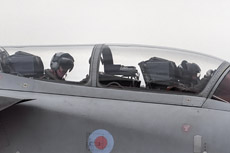
|
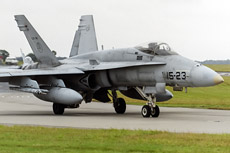
|
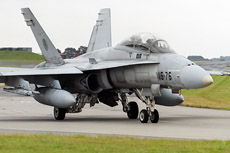
|
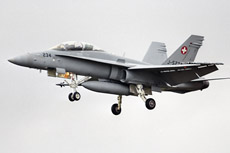
|
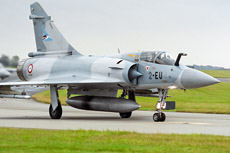
|
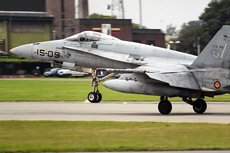
|
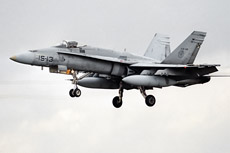
|
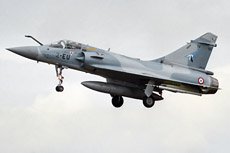
|
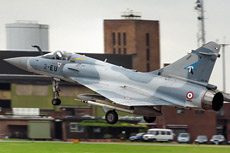
|
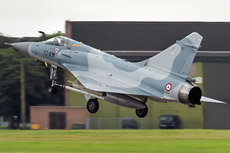
|
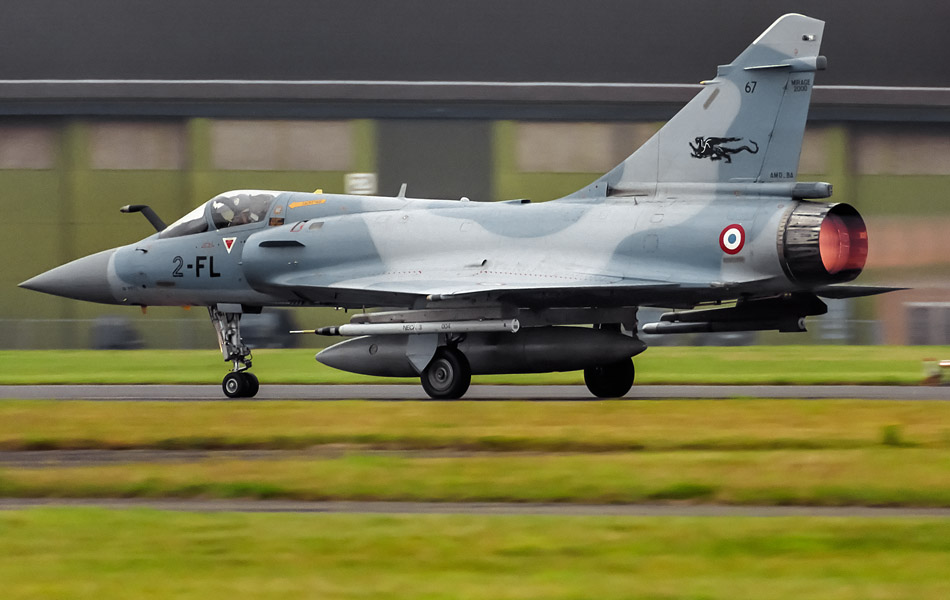
|
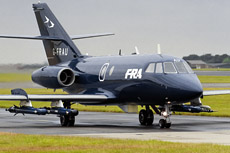
|
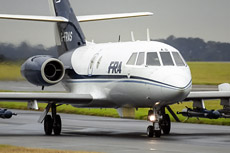
|
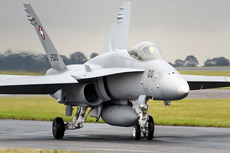
|
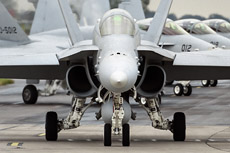
|
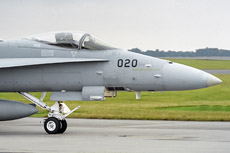
|
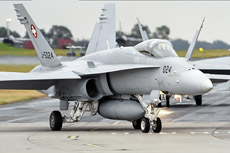
|
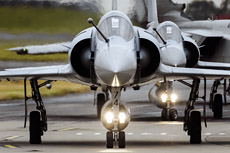
|
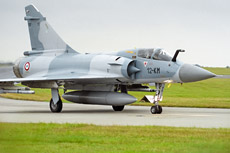
|
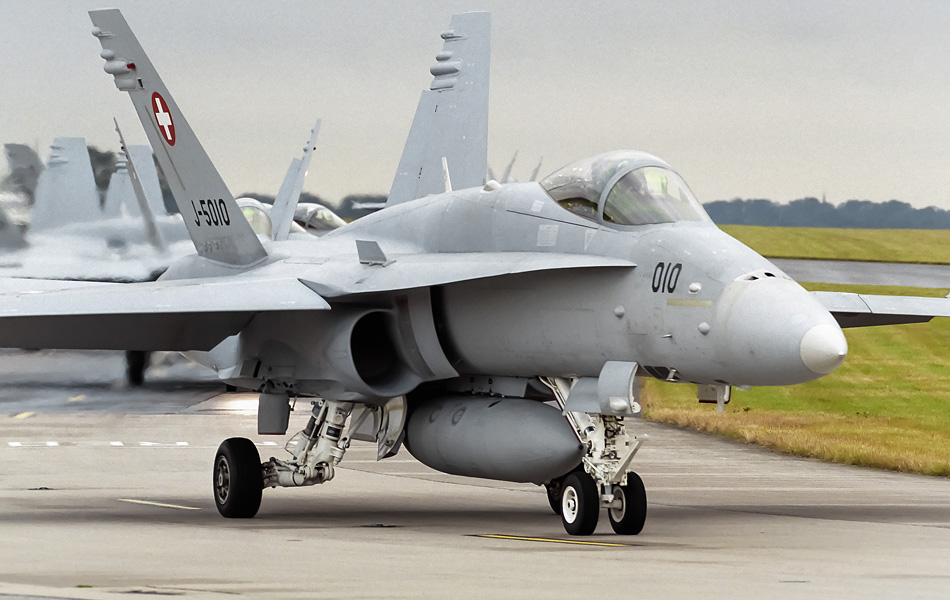
|
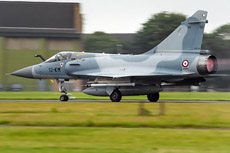
|
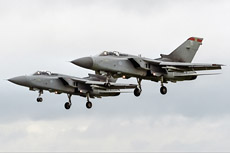
|
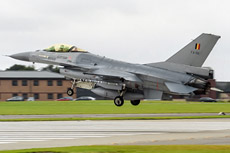
|
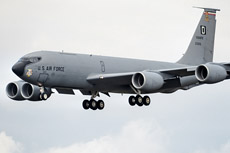
|
|
|

|







